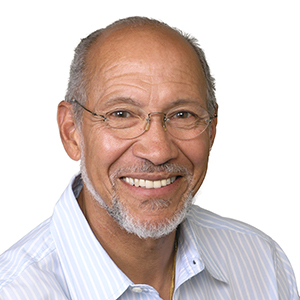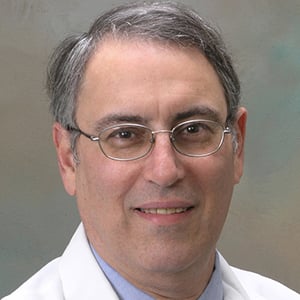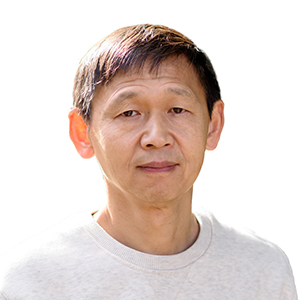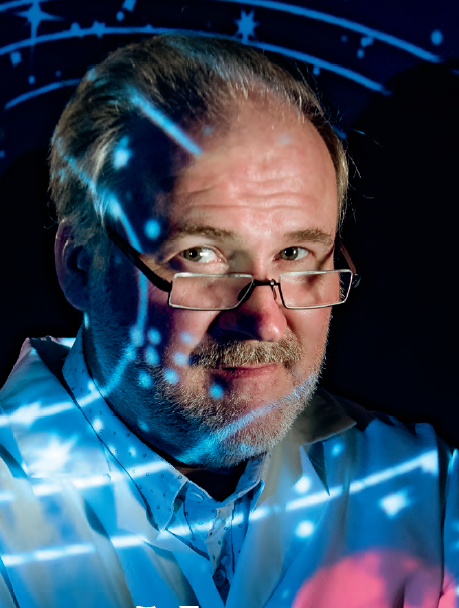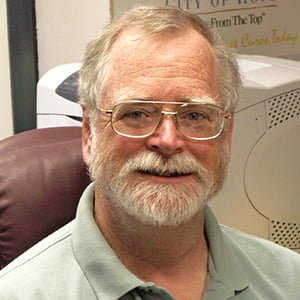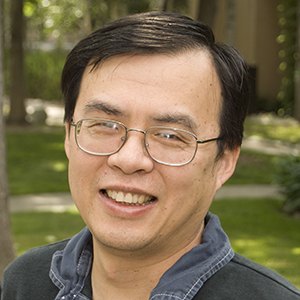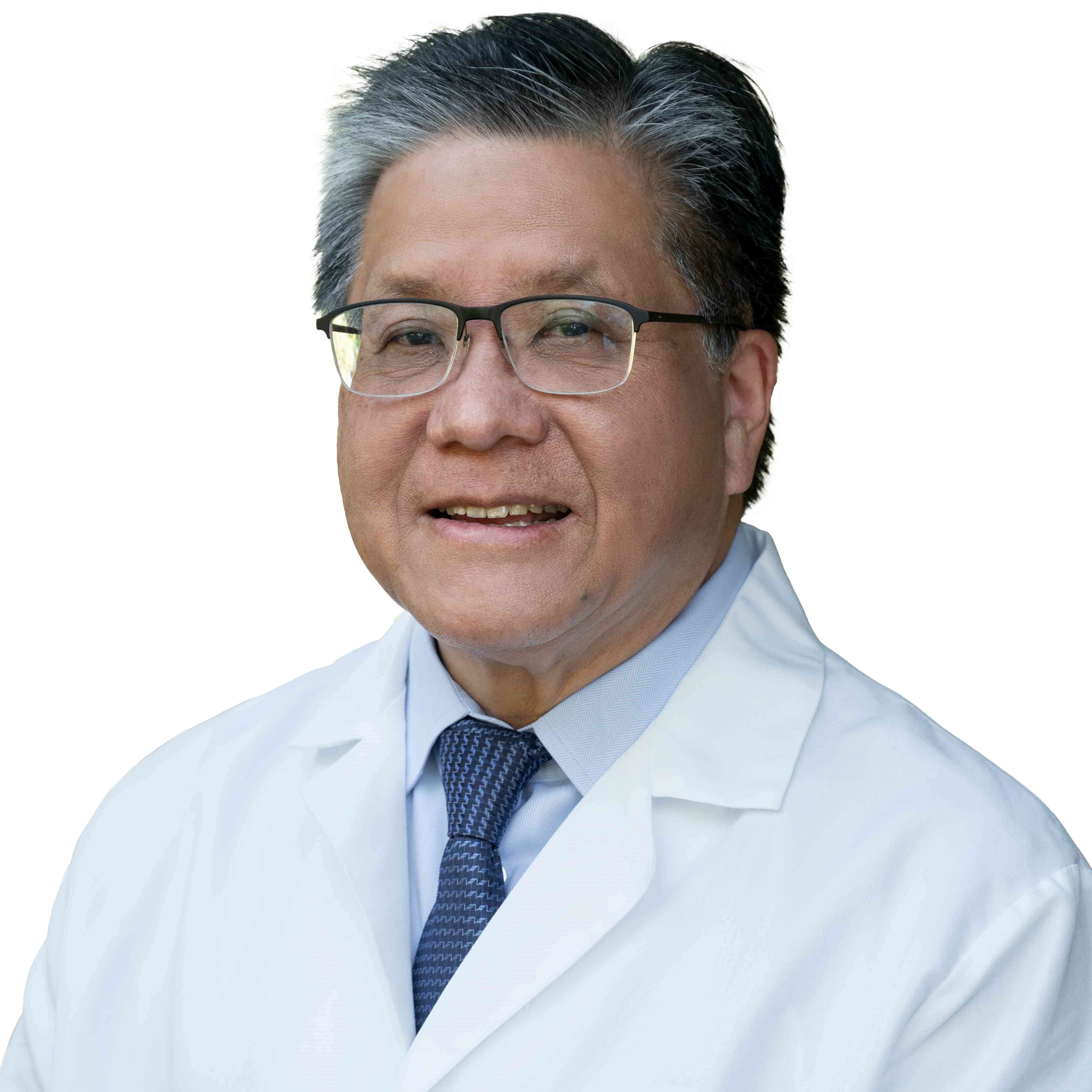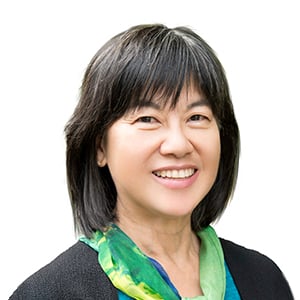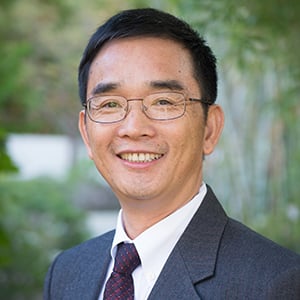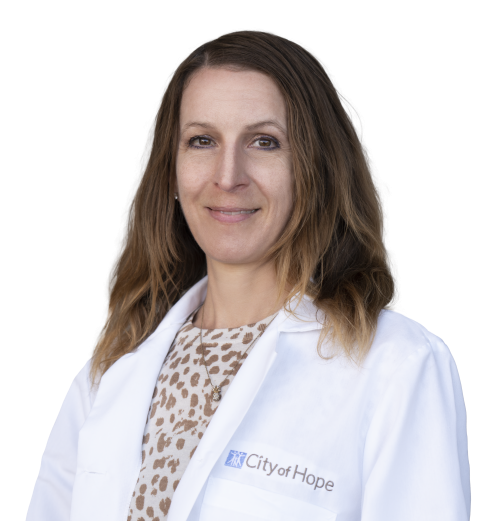Immunology & Theranostics
Established in 1972 by Charles Todd, City of Hope’s Department of Immunology & Theranostics began at a time in which immune-based strategies for cancer were in their infancy. For example, there were no T cell subsets and antibodies were all polyclonal. Todd, a chemist by training, was well known for his work on CEA (carcinoembryonic antigen), the best known tumor marker of its time, and his structural approach to immune problems. When monoclonal antibody technology became generally available in 1978, John Shively, Ph.D., in Todd’s lab, produced a Mab to CEA that after genetic engineering and radiolabeling went into City of Hope patients as both an imaging and therapeutic agent.
Today, the Department of Immunology & Theranostics continues to advance this original vision, focusing on basic and applied immunology in cancer and diabetes. The department’s principal investigators conduct fundamental research on topics including the role of CEACAM1 in T cell activation, TH17 cells and their role in controlling inflammation, graft-versus-host disease in allogeneic hematopoietic cell transplantation (HCT), and the role of T lymphocytes in type 1 diabetes. Faculty conduct research on bacterial, viral and fungal infectious diseases, including detection and vaccine development, supported by state-of-the-art facilities in mass spectrometry and NMR. Finally, members of the Department of Immunology & Theranostics are pursuing immunological approaches to detection and treatment of disease. This includes engineered radiolabeled antibodies for immunoPET imaging and radioimmunotherapy, in preclinical models as well as translation into pilot and phase I clinical trials. Additional innovative therapeutic approaches include bispecific antibodies and immunocytokines.
The unique combination of biological and structural studies at the Department of Immunology & Theranostics, has created a thriving, productive environment and a fruitful collaboration among investigators at City of Hope and at other institutions.
